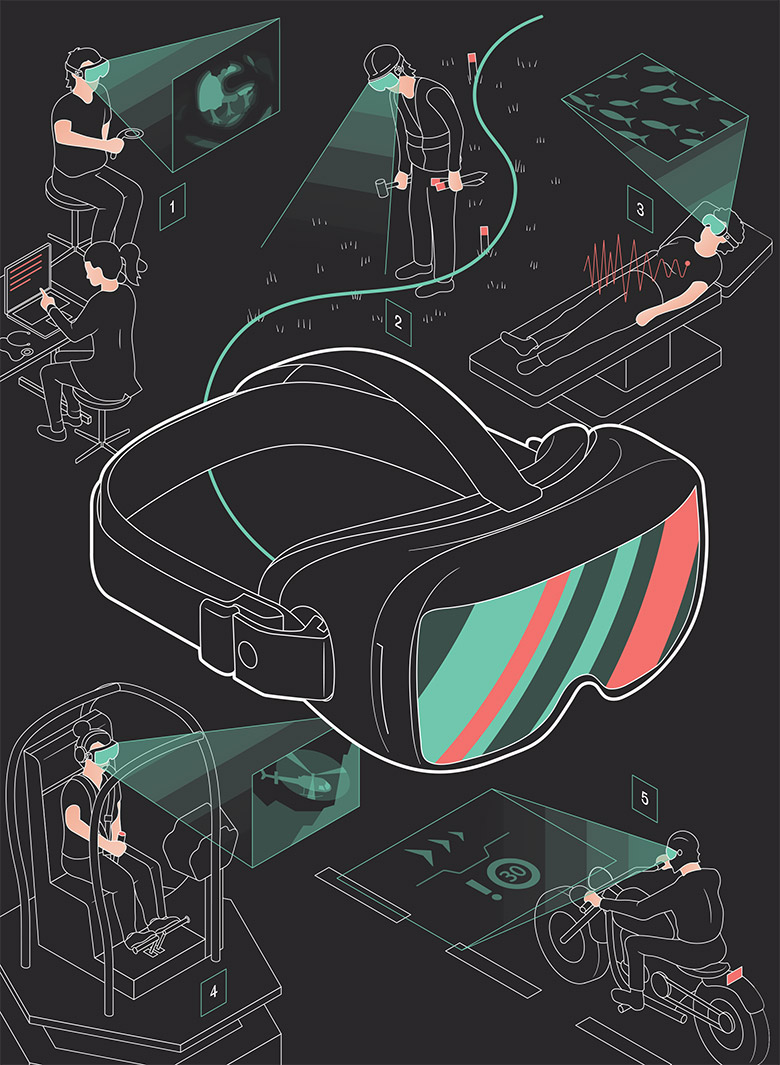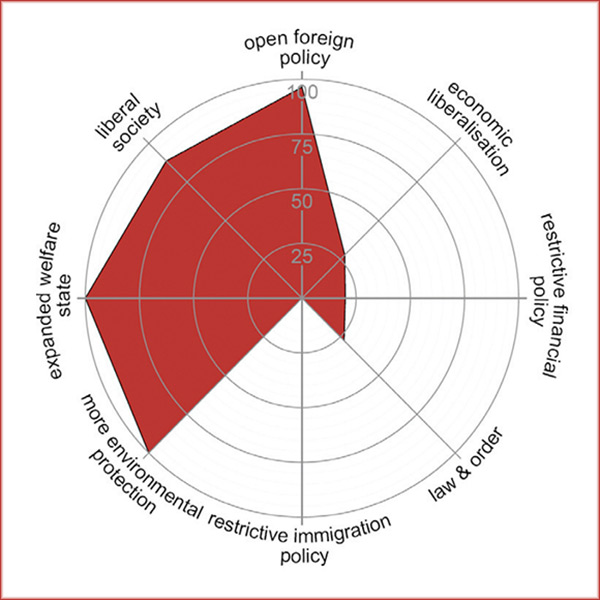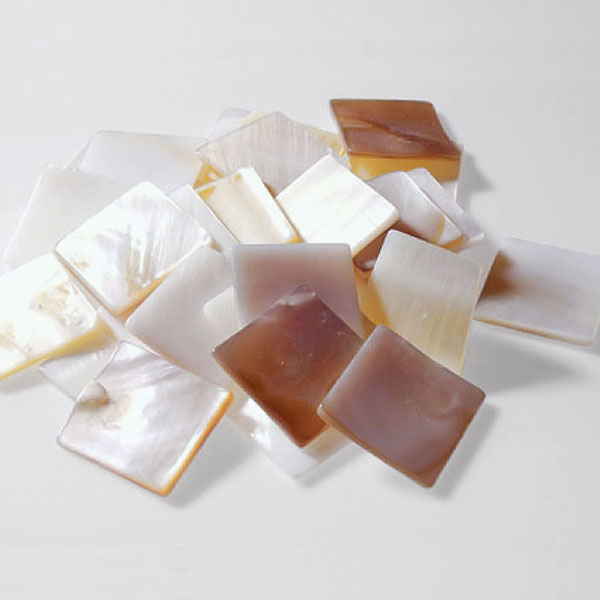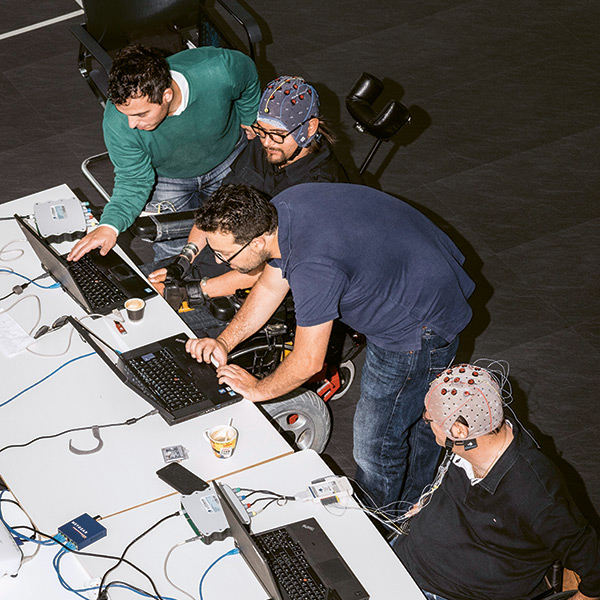How it works
Smart glasses everywhere
We register the world before us through our eyes. Various start-ups are now endeavouring to optimise our sense of sight by means of virtual reality (VR) and augmented reality (AR). We take a look at a few of them.





